|
Behind the Cordon - Air Raid Precautions / Civil Defence, Emergency Services & Civilian Interactions with Unexploded Bombs in World World Two is a new book by Chris Ransted.
“Behind the Cordon” provides an in-depth review of the dangers faced by Civil Defence personnel from German air-dropped ordnance plus the risks associated with aircraft crash sites (both Allied and German) during the Second World War. It was the job of the military to defuse bombs but it was the Civil Defence Services that reacted to reports from the general public about unexploded bombs. An overview of German bombs and mines is provided as well as the methods employed to defuse bombs by Royal Engineers' bomb disposal teams. Of particular interest is the chapter on Bomb Reconnaissance Training that many ARP volunteers took for locating buried bombs. There are photos of the development of bomb reconnaissance insignia as well. The book is packed with period photos and documents and is a must-have for your library if you're interested in Civil Defence during the war. The book is available from Key Publishing now. For those interested in unexploded ordnance and V-weapons, the author has previously published Bomb Disposal in World War Two and Disarming Hitler's V Weapons: Bomb Disposal, the V1 and V2 rockets.
0 Comments
'Within the Island Fortress - Insignia and Uniforms of the Home Front in Britain 1939 - 1945' by Jon Mills. This was originally a 16-page special published for the Military Heraldry Society that has now been republished for everyone to enjoy.
It contains full-colour images and research covering many home front organisations including ARP, auxiliary units, FANY, HG, WVS, WLA, youth organisations, fire services and nursing etc. Just £10 including shipping in the UK from Home Front Collection. I recently came across this book called Incident 48 - Raid on a South Coast Town 1943 by Angela Beleznay. The book is dedicated to a single air raid on the town of Bournemouth on 23 May 1943. It was the 48th raid recorded by the local Civil Defence controller on the town and it lasted barely a single minute, and it was the worst incident during the war in Bournemouth.
The author details the events before and after the tip-and-run raid by the Luftwaffe flying Focke-Wulf Fw 190 fighter-bombers. The air raid caused the death of 77 people with hundreds wounded. A large number of buildings were destroyed or badly damaged. The book is incredibly well-researched. I don't think I've read a more detailed account of a single raid and it's well worth getting hold of a copy. Eric Caxton was a pre-war highways engineer who became involved with civil defence planning run by Surrey County Council. Early in the war he helped set up the Rescue School at Redhill.
In 1942 Caxton set up the Casualties Union and introduced into civil defence training the idea of casualty simulation whereby instead of extricating dummies from bombed buildings during training, real people were used that had been made-up to look injured. The Casualties Union continues to this day. Caxton wrote a number of guides, such as "Practical Rescue Training" handbook shown below, as well as a autobiography entitled "More Ways Than One of Fighting a War". The below is currently for sale on eBay for £40. In 1945 Harrap & Co. Ltd. published Stephen Spender's book "Citizens in War - and After". The book detailed the activities of a wide range of Civil Defence Services during the war years. The book also contained a forward by the Home Secretary / Minster of Home Security Herbert Morrison, as well as 48 colour photographs by John Hinde, a Fellow of the Royal Photographic Society and pioneer of British colour photography (he later became renown for his colour postcards that sold in the millions). There are some excellent studies of individuals and interesting shots of wardens and Incident Officers. One particular shot of a Control Centre in 1944 shows the main plotting board and map of the area being covered. A selection of these colour photos by John Hinde can be viewed on the Science & Society Picture Library. |
Please support this website's running costs and keep it advert free
Categories
All
Archives
June 2024
|
|
|
Copyright © 2018–2024
|



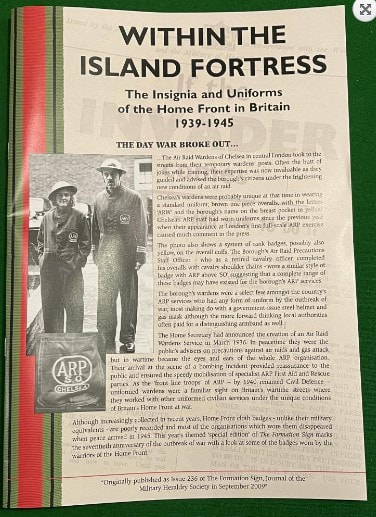
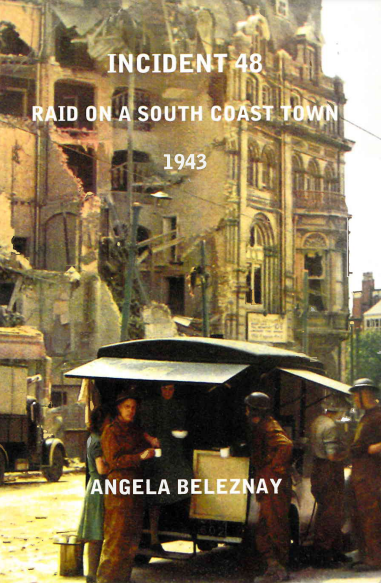
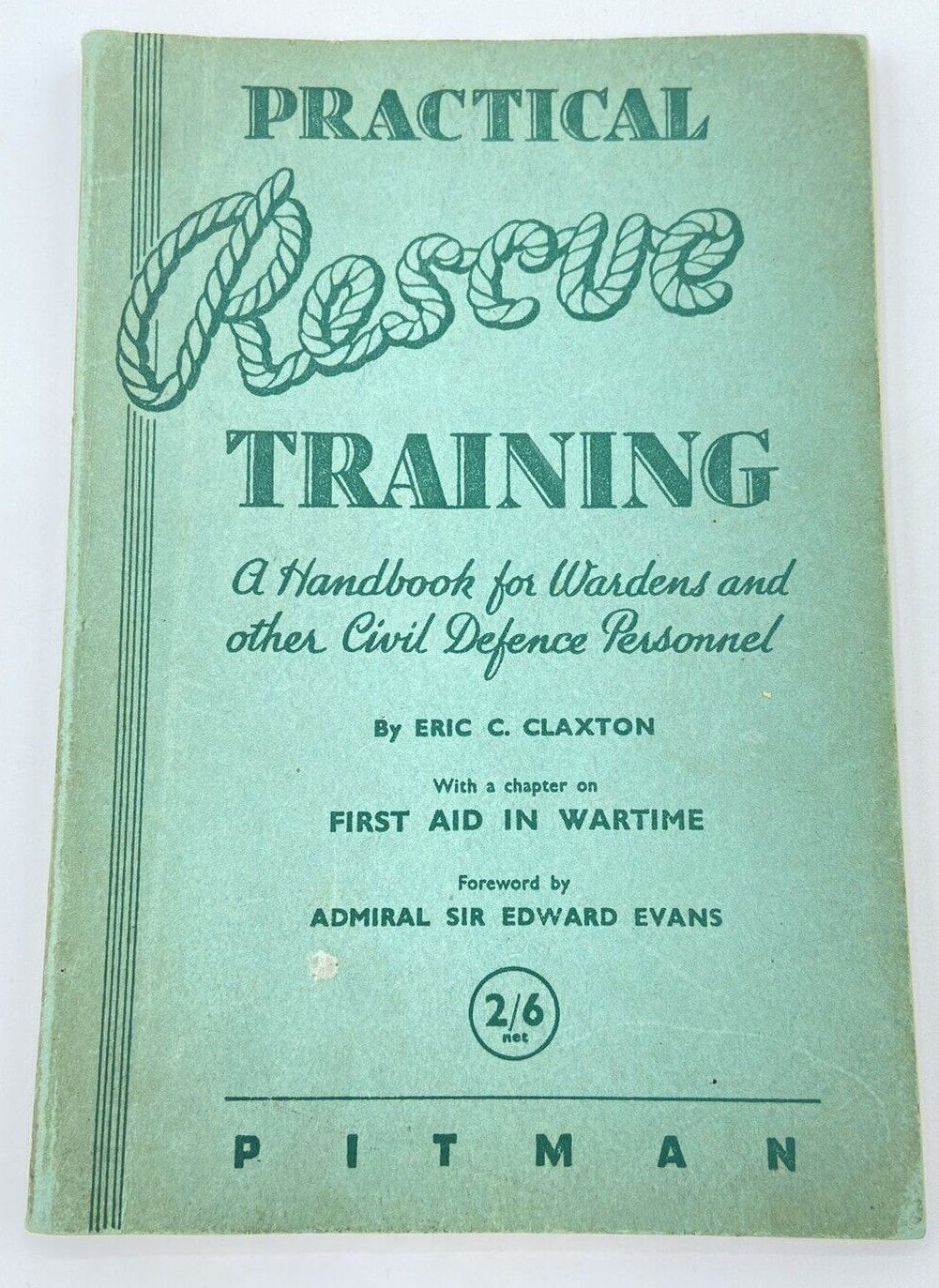
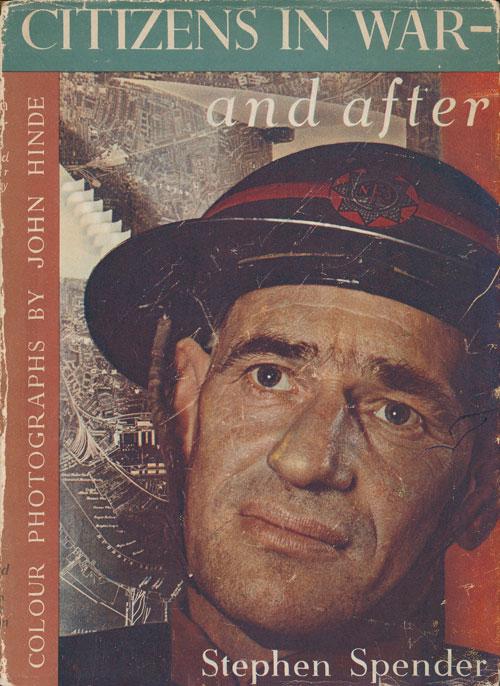
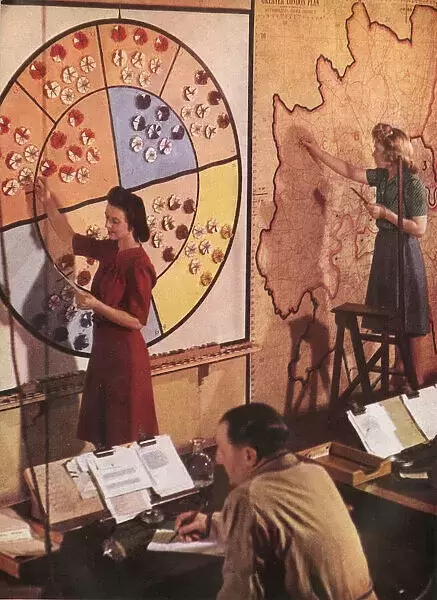
 RSS Feed
RSS Feed